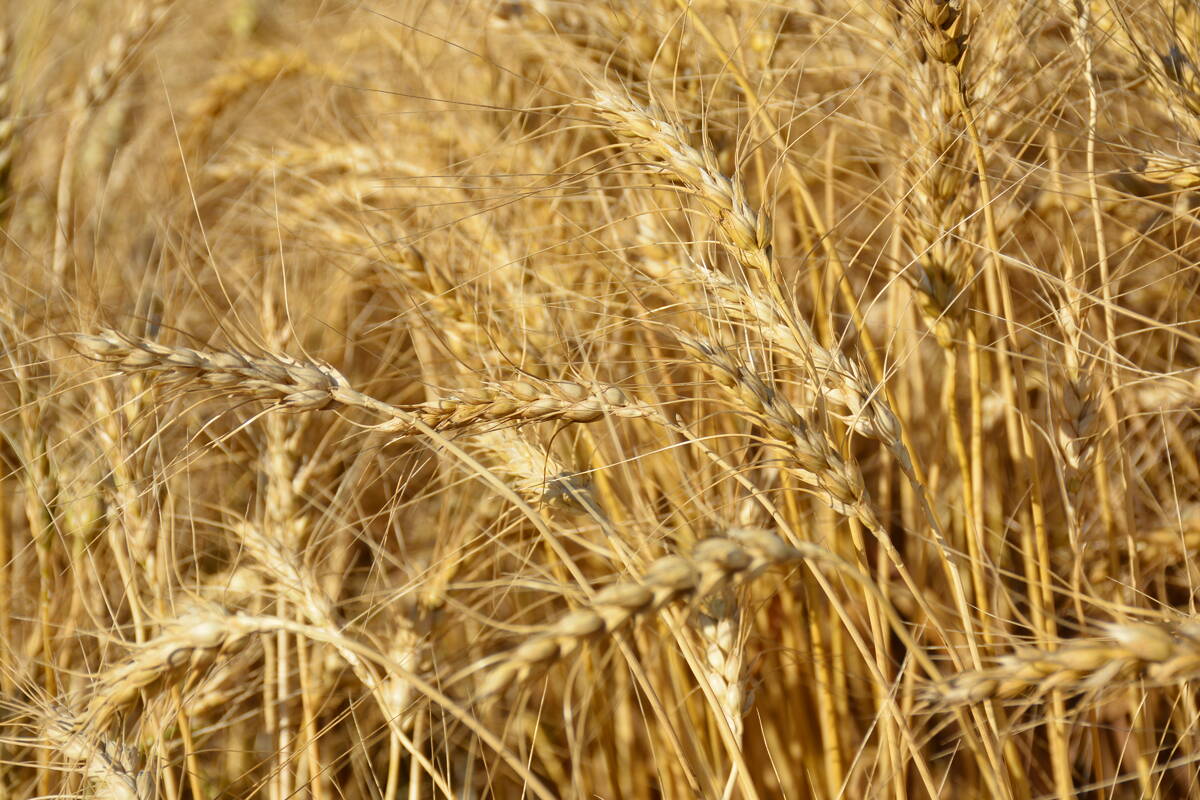Technology reveals food value Knowing the digestible energy, protein, starch and fat content in livestock feed can improve feed efficiency
RED DEER — It takes about 30 seconds to analyze a sample of grain using portable NIRS technology compared to the week it takes in a laboratory.
Near infrared technology spectroscopy is not new but is becoming more commonplace for grain and forage analysis. It is also widely used in the medical field for assessing cancerous tumours, babies’ brains and burns, said Mary Lou Swift, a researcher with Alberta Agriculture.
The big advantage for livestock producers is assessing the nutritive value of feed.
“Any tool we can use to improve either how you buy grain or manufacture feed, check your feed before it goes to the swine herd will have some impact on your bottom line,” she said at the recent swine technology seminar in Red Deer.
Read Also

Large wheat supply pressures prices
World wheat prices are likely to continue falling as more bumper crops are harvested, says Arthur Portier, an anlayst and senior consultant with Argus Media.
Alberta barley breeders developed an NIRS program in 1993 to predict digestible content of barley, particularly when selecting new hulless varieties.
The technology also revealed other feed values such as protein, starch, lipids and fat in barley, wheat, peas, canola meal, distillers grains and wheat byproducts for hogs, cattle and poultry.
Digestible energy is an important component in pig feed, but grain quality can vary depending on weather, variety or fertilizer use when the crop was growing. Those mixing feed rations often depend on bushel weight to assess quality.
“We know bushel weight, unless it is very, very low, does not measure the energy content of the grain,” she said.
Studies have found digestible energy in barley can vary from 2,300 to 3,460 kilocalories per kilogram of barley, which could mean a 20 percent difference in the cost of energy per kilogram.
Incorporating low energy barley into a feed ration might result in animals eating more to meet their energy needs for growth.
Feed efficiency will decrease and the time it takes to reach market may increase. Fecal excretion may also increase.
NIRS is based on the idea that organic molecules containing hy-drogen will absorb light, which is energy.
Feed ingredients comprise organic molecules such as protein, starch, sugar, fat and fibre. The technique produces a fingerprint called a spectrum when exposed to electromagnetic radiation. Each ingredient has a unique spectrum.
“We are measuring the amount of light that is reflected back,” she said.
Portable units are gaining popularity in southern Alberta feedlots, where nutritionists analyze the oil content of dried distillers grain.
Research is ongoing. One study is looking at fatty acid composition of pork while another is looking at manure composition. A project is also starting this winter to assess amino acid content.















